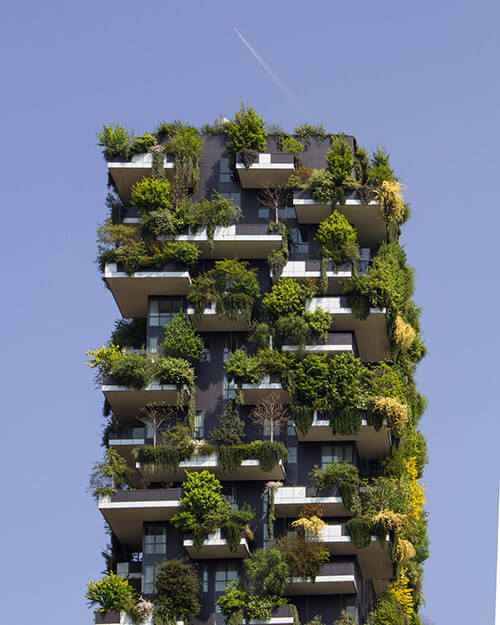The world has been deeply shaken by the numerous challenges happened in the year 2020. Pandemic restrictions, bankruptcy, and unemployment are among the top challenges that impacted society the most. Widespread economic recession occurred in global scale. Aside from these disturbances, prevalent environmental and social concerns are being considered to become integral in counteracting economic issues—all to be part of the triple bottom line paradigm.
As sustainable building technologies advance at monumental pace, building architects, engineers, and developers around the world are offering progressively innovative interpretations of sustainable trends. Green design and Best Management Practices (BMPs) are leading the edge with comprehensive building philosophies that go beyond LEED (Leadership in Energy and Environmental Design certification system) and other green certifications to answer fundamental questions about how and why we build responsibly. With aiming for the future of sustainable buildings, we continuously aspire in making eco-friendly structures and establishments.
Here are the four directions of sustainable buildings in the future:
1. Net Zero Energy. The strategy of consuming a total amount of building annual energy that is equal to the amount of renewable energy created on the site. Energy-efficient building envelope and equipment utility systems are key elements of a net zero energy building.
2. Net Zero Water. Designed to minimize total water consumption, maximize alternative water sources, and minimize wastewater discharge from the building and return water to the original water source. It creates a water-neutral building where the amount of alternative water used and water returned to the original water source is equal to the building’s total water consumption. The goal of net zero water is to preserve the quantity and quality of natural water resources with minimal deterioration, depletion, and rerouting of water by utilizing potential alternative water sources and water efficiency measures to minimize the use of supplied freshwater.
3. Net Zero Waste. The conservation of all resources by means of responsible production, consumption, reuse, and recovery of all products, packaging, and materials, without burning them, and without discharges to land, water, or air that threaten the environment or human health. Achieving Net Zero Waste means reducing, reusing, and recovering waste streams to convert them to valuable resources with zero solid waste sent to landfills over the course of the year.
4. Advancement of Green Building Rating System. LEED is the world’s leading green building project and performance management system, delivering a comprehensive framework for green building design, construction, operations and performance. Adapting to global challenges and continuously evolving the needs of present society, LEED v4.1 raises the bar on building standards to address energy efficiency, water conservation, site selection and management, material resource efficiency, day lighting and waste reduction. Other green rating systems such as EDGE, WELL, and Green Globes contribute supplementary information on addressing specific green building metrics.
"As 2021 unfolds, more businesses in both commercial and real estate sectors are adapting sustainable design as a 'must-have,' rather than 'nice-to-have.' "



As 2021 unfolds, more businesses in both commercial and real estate sectors are adapting sustainable design as a “must- have,” rather than “nice-to-have”. This is its most important lesson: allowing us the insight, strength, and compassion to build a sustainable, resilient and robust future. Investments in low carbon development, including building sustainable infrastructure and improving energy efficiency, could both accelerate economic recovery and promote long-term sustainable growth. (With insights from Eric Bautista.)
